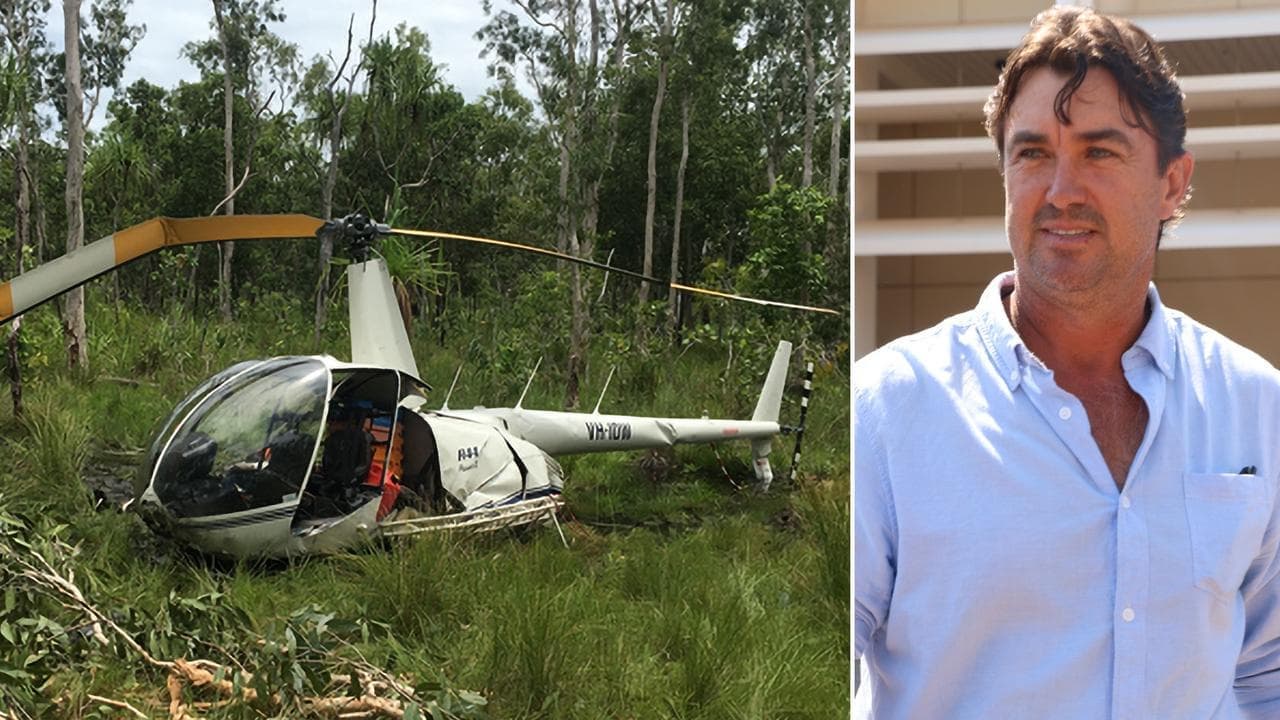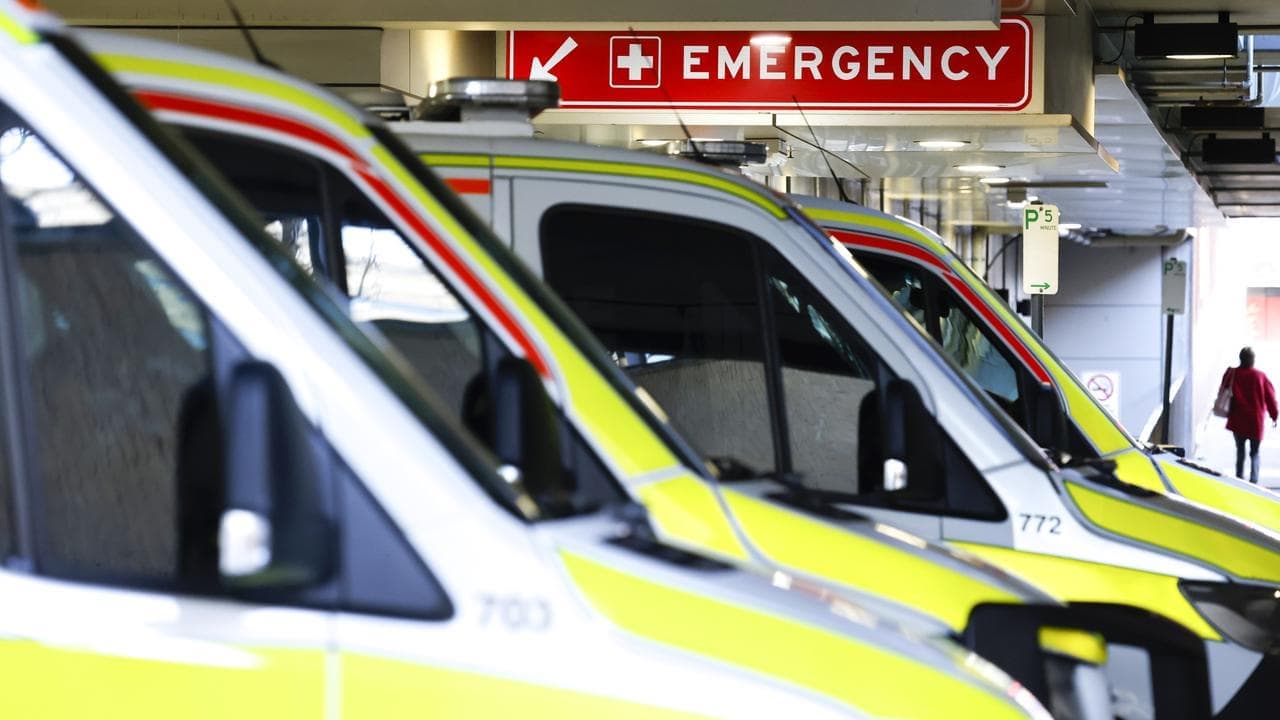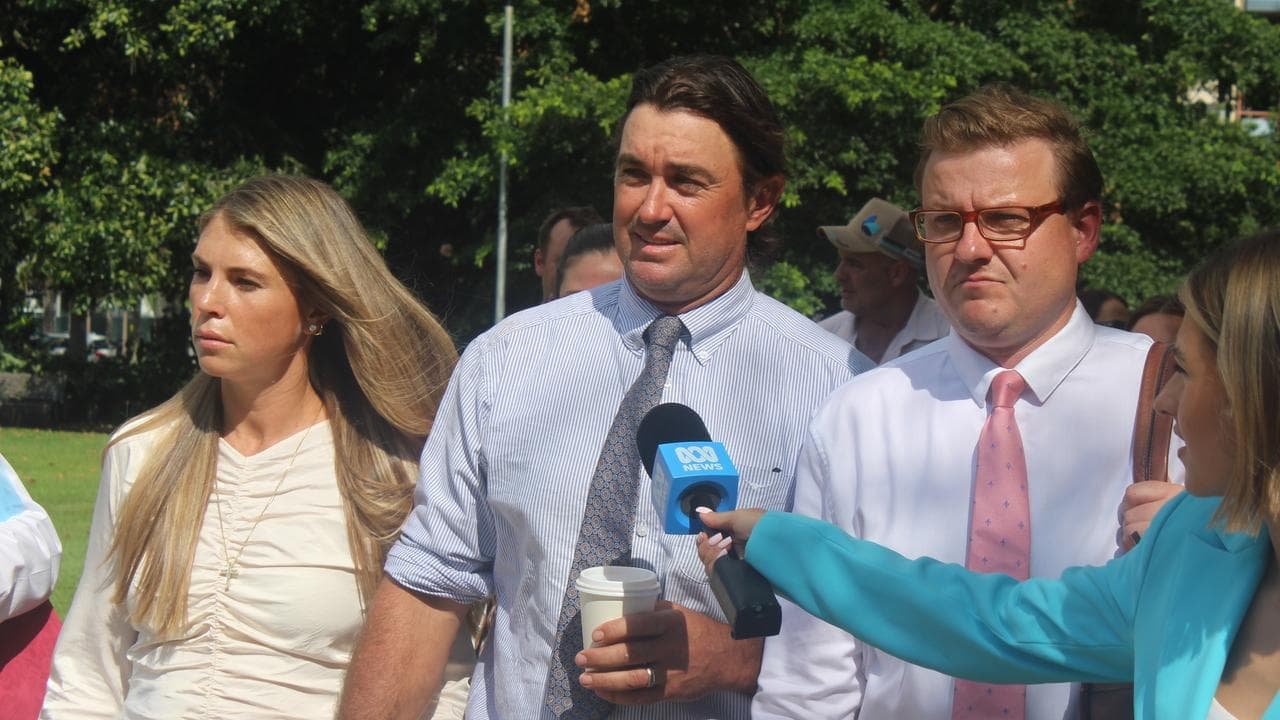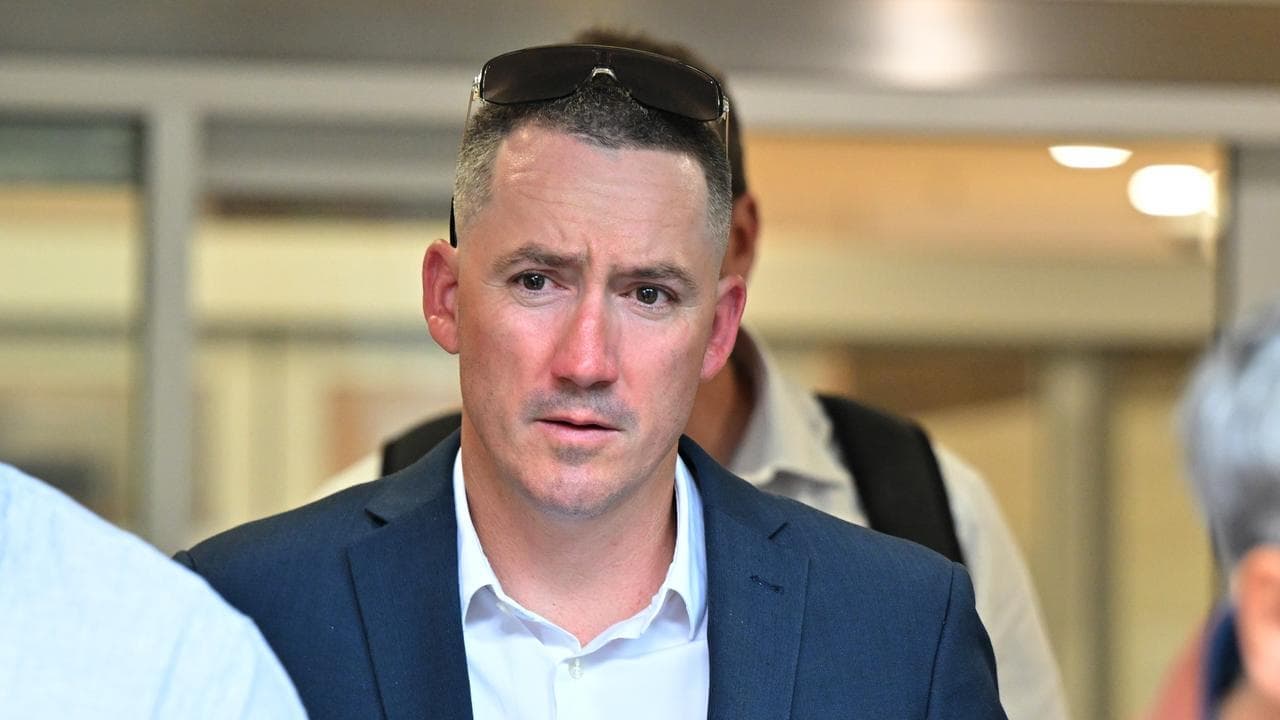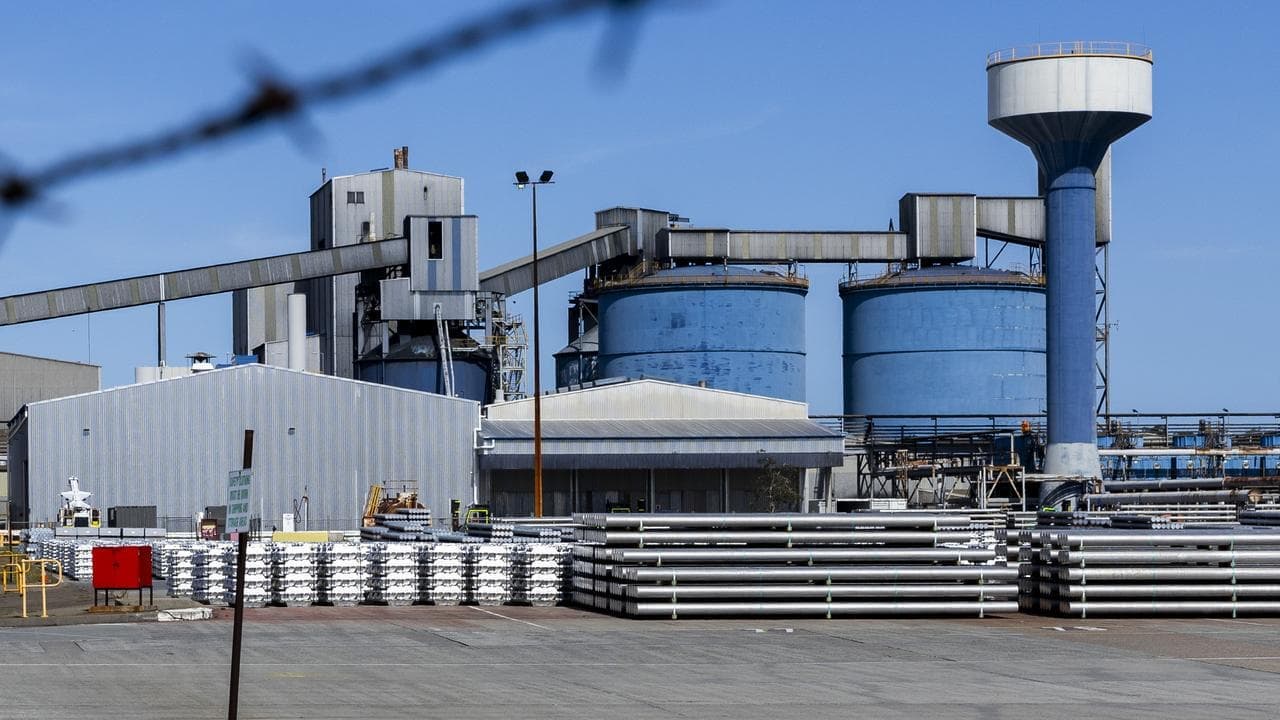The coalition is claiming that almost two million new people are entering Australia over five years, accusing the Albanese government of losing control of the immigration system.
But experts told AAP FactCheck the claim omits key context about migration rates since the COVID-19 pandemic, including the significant role coalition policies have played.
Shadow treasurer Angus Taylor claimed on March 25, 2025, that "Labor's lost control" of migration, pointing to underestimates in forecasts for net migration throughout the current government.
"We're approaching two million new people in just five years," he told Sky News.

Opposition Leader Peter Dutton said in his budget reply speech on March 27, 2025, that Labor had brought in a million people over its first two years in government.
"Labor is neither in control of migration, nor has it kept migration at sustainable levels," he said. Meanwhile, Nationals Leader David Littleproud made a similar claim in a radio interview.
"They're going to bring in 1.8 million new people into this country over the next five years with nowhere to put them," Mr Littleproud told 4BC radio (four minutes).
Asked for evidence for the claim, Mr Taylor and Mr Littleproud's offices told AAP FactCheck it was based on net overseas migration data over the five years from 2022/23 to 2026/27.
The first two years are published by the Australian Bureau of Statistics (ABS), while the last three years from 2024/25 to 2026/27 are forecasts contained in the federal budget (p43).
Net overseas migration is 1.791 million when the ABS and budget data are added together. The 2022/23 and 2023/24 years after the pandemic account for 54 per cent of the figure.
When the forecasts are added over the next five years (p43), as Mr Littleproud claimed in the radio interview, net overseas migration is far lower, at 1.27 million, because it's predicted to fall sharply from 2024/25.
Anna Boucher, a migration expert at the University of Sydney, said that claiming Labor has brought in a certain number of migrants is "simplistic", as it fails to recognise that net migration has been heavily affected by lower departures since COVID.
Associate Professor Boucher said net migration subtracts incoming migrants from departing ones and that a key reason for the rise is that far fewer people have left Australia in the wake of COVID.
That fall in departures has occurred, in significant part, because of visa extensions under the Scott Morrison (coalition) government, Assoc Prof Boucher said, including the Pandemic Event visa and the Temporary Graduate visa.
"It's a little bit disingenuous to count those two years [2022/23 and 2023/24]," she told AAP FactCheck.
Alan Gamlan, a migration expert at the Australian National University, said net migration should not be confused with arrivals, as there's "no such thing as a net migrant".

He explained that backlogs in visa processing under the coalition, combined with visa extensions from both sides of politics, have reduced departures in recent years.
"Departures also dropped through the floor in the pandemic and, unlike arrivals, have still not recovered," Professor Gamlan told AAP FactCheck.
"That's why we have a surge in net migration, not because of huge arrivals."
Former deputy secretary of the Department of Immigration Abul Rizvi said net migration boomed after COVID due to both coalition and Labor policy.
He told AAP FactCheck there had been an increase in arrivals after borders reopened, but that a reduced number of departures had also played a key role in lifting net migration figures.
"It was both," Mr Rizvi explained.
"It's quite clearly the result of policy pre-COVID and, more importantly, during COVID."
Mr Rizvi said Labor has contributed to higher migration, largely by delaying a tightening of regulations on overseas students and extending visas after winning the election in 2022.
Early in its term, Labor faced pressure to lift migration to deal with labour shortages following years of closed borders during COVID.
The party responded by extending graduate visas and lifting permanent migration in 2022/23.
Mr Dutton was among those who criticised the government for failing to lift migration sooner.
"We do need an increase in the migration numbers," he said in a September 2022 interview.
"We'll see what the government actually delivers because this can be many, many months, if not a couple of years in the pipeline."
Mr Rizvi said Mr Dutton was right to point out the effect of policy on migration takes time.
''The surge was a function of things that were done 12, 18 and 24 months earlier," he said.
Both Mr Rizvi and Assoc Prof Boucher told AAP FactCheck Labor has subsequently tightened rules on temporary migration, specifically on international students, in an attempt to rein in net migration.
However, both explained that while governments can regulate the uncapped temporary migration program, it's often difficult to totally control when temporary migrants leave the country.
Many apply for new visas once their first ones expire or flow into permanent migration after marrying a citizen or attaining residency.
"Government has less control than we'd like to think ... once people are here it's a bit of a 'choose your own adventure'," Assoc Prof Boucher said.







